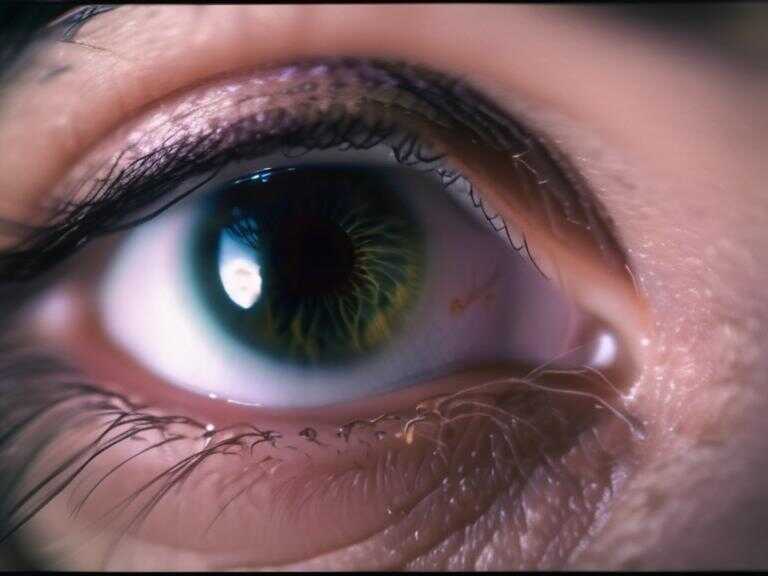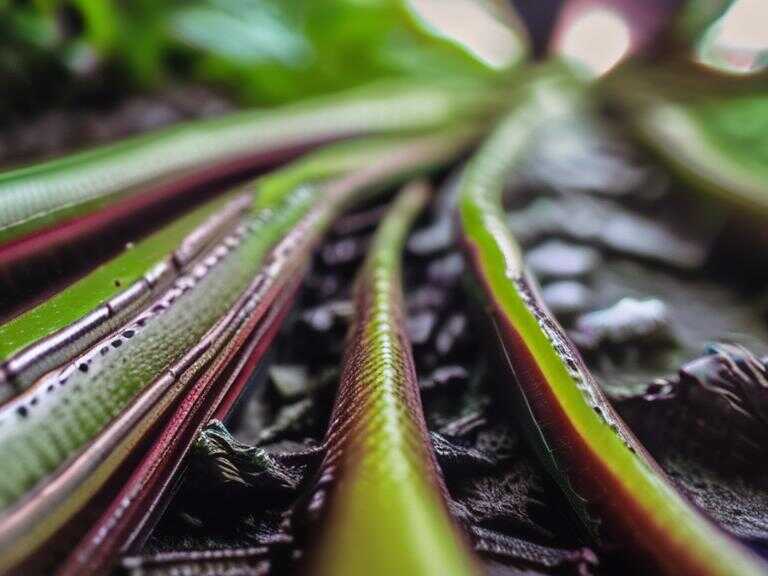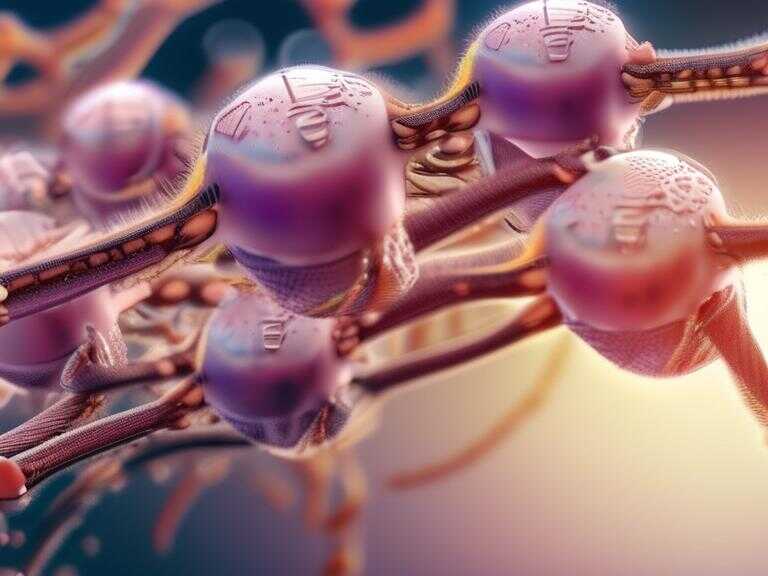
Excavators in Pompeii Discover Remains of Two More Victims from Ancient Volcanic Eruption
Excavators in Pompeii unearthed two victims of the volcanic eruption, providing insights into the ancient city's past and its wealthy residents.

The excavators in Pompeii uncovered the skeletal remains of two victims, believed to be a man and a woman, who were likely trapped inside the bedroom of their home during the eruption. The grim discovery was made in a section of the city designated as Region IX, which has been the focus of archaeological investigations for the past several years, and where the new findings have added to the existing knowledge of the site.
The Victims' Final Moments
The woman's remains were found on a bed, accompanied by a collection of valuable gold, silver, and bronze coins, as well as a pair of gold earrings, a pair of pearl earrings, and other jewelry. According to officials from the Pompeii Archaeological Park, the victims likely perished as the rest of the house succumbed to the weight of the debris.
Located near Naples and at the base of Mount Vesuvius, Pompeii was devastated by a volcanic eruption in 79 A.D., one of the deadliest in known history. Historians estimate that around 2,000 people died in Pompeii itself, with the overall toll suspected to be closer to 16,000 when considering deaths from surrounding areas. The eruption was characterized by a column of volcanic matter reaching heights of 10 miles, expelling ash and pyroclastic flow that buried Pompeii and neighboring villages like Herculaneum.
Insights into Roman Life
The discovery adds to the wealth of knowledge that archaeologists have gained about life in Pompeii. The remnants of the city suggest that its residents were relatively wealthy and appreciated art, lavish architecture, and various luxuries. The home in Region IX, where the recent victims were found, was architecturally complex and used as a temporary bedroom while another part of the house was under construction.
Gabriel Zuchtriegel, the director of Pompeii Archaeological Park, emphasized the importance of studying the latest victims as they provide valuable anthropological data about ancient Pompeii and its inhabitants. The park is now an active archaeological site and a UNESCO World Heritage Site, attracting researchers and visitors alike who seek to unravel the mysteries of this once-thriving Roman city.
The Significance of the Discovery
The recent discovery in Pompeii sheds light on the human experience during the catastrophic volcanic eruption, providing a poignant glimpse into the lives of its last inhabitants. The artifacts found alongside the remains offer insights into the wealth and lifestyle of the residents, while the circumstances of their entrapment and eventual demise serve as a haunting reminder of the destructive power of nature.
Share news















